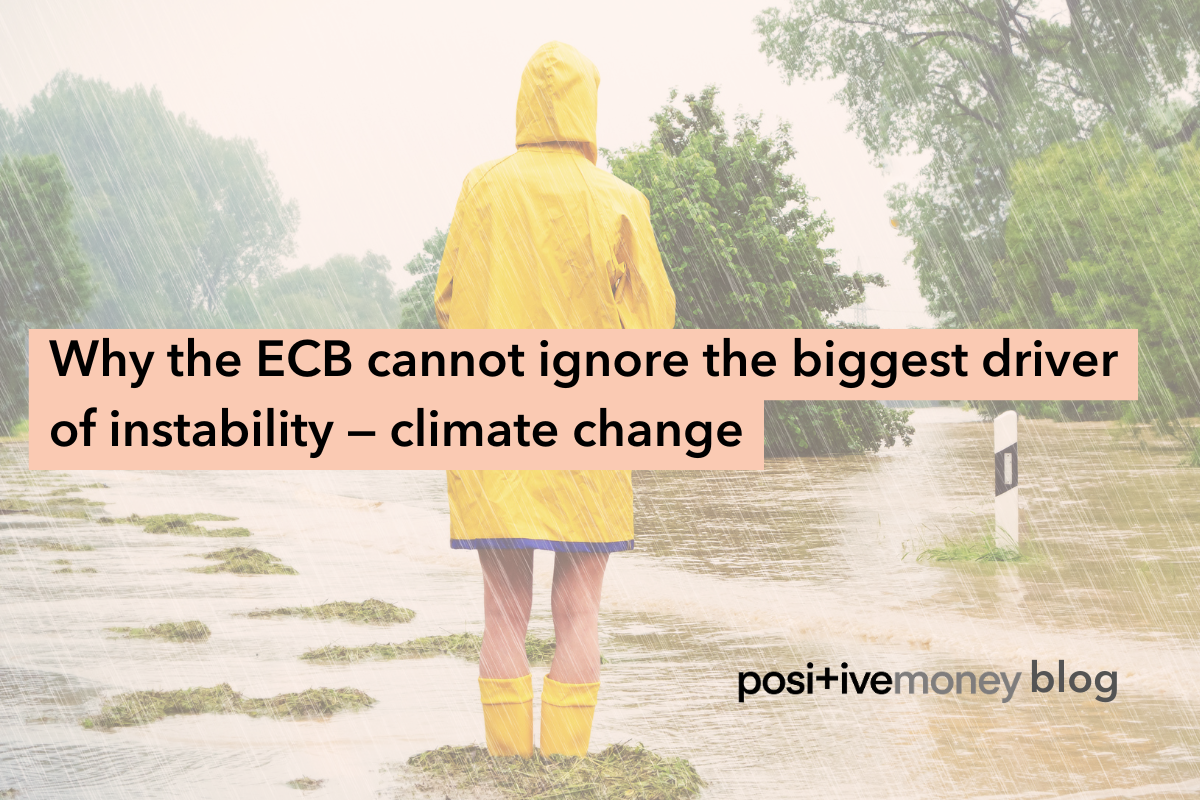
Green FinanceEU
3 December 2025
When we think of fighting climate change, financial institutions like the European Central Bank (ECB) might not immediately come to mind. However, as we have shown in our latest explainer, the ECB holds a pivotal role in this global challenge. As a major financial authority, the ECB can influence financial flows and investments across Europe, making it a potential powerhouse in driving the green transition.
The ECB has the power to shape the flow of money in the economy. By offering reduced interest rates for green projects, for example, it can encourage substantial investments in renewable energy and other environmentally friendly initiatives. This approach would be completely in line with the environmental commitment of the Central Bank, which in January 2024 published a climate and nature roadmap in an attempt to give a new push to take climate change into consideration in its work.
A green monetary policy is by necessity part of the solution. Here is how!
We know that the ECB’s first mandate is to maintain price stability. It aims to keep inflation, which is the rate at which the prices of things we buy changes, at a steady 2%. To do this, it adjusts interest rates. When interest rates are low, it encourages people to borrow and spend money, which can help to boost the economy. When interest rates are high, it discourages borrowing and spending, which can help to slow down the economy if prices are rising too quickly.
Over the past year, the ECB has steadily raised interest rates to cope with inflation, only to keep them stable for the past two months. Reality has unfortunately shown us that such high interest rates lead to the real suffering of the entire green sector, the health of which is vital to implementing the ecological transition and ending the age of old, polluting fossil fuel investments! High upfront costs are a significant barrier to renewable projects. And this is precisely where the ECB can step in with dual rates!
In very simple terms, a dual interest rate system indicates that the ECB can set different interest rates for different types of projects. In the context of the current climate crisis, this means offering lower interest rates for environmentally friendly, or ’green’, projects compared to ’dirty’ ones. Here are just four of the reasons for this approach:
1 – Reducing clean energy upfront costs. Renewable projects often face high initial costs. Lower interest rates would make these projects more affordable and competitive, encouraging their adoption over fossil fuels.
2 – Reducing greenhouse gas emissions. By supporting renewable energy projects and energy efficiency measures, dual rates can directly contribute to lowering greenhouse gas emissions and mitigating the effects of climate change.
3 – Addressing inflation more directly. The climate is connected to current inflation rates for at least two reasons: extreme weather events that cause spikes in prices (climateflation), and the volatility of fossil fuel prices (fossilflation). This has happened several times in the past, most recently in response to the war in Ukraine, and there is no guarantee that it will not happen again in the near future. Investing in renewable energy can help to reduce this inflation in the long run.
4 – Supporting people and business. Lower rates for energy-efficient renovations can help reduce energy bills, directly benefiting citizens and businesses.
For the ECB to adopt dual rates, political backing is essential. Although the central bank is independent, it is accountable to the European Parliament and has to align with the EU’s objectives, including the environmental ones.
And that’s not all. Transparency measures will also be crucial to prevent greenwashing, ensuring that dual rates are truly directed towards genuine green investments.
By adopting dual interest rates, the ECB can not only fulfil its mandate of maintaining economic stability, but also become a game changer in the green transition. As citizens and climate activists, understanding and advocating for such financial mechanisms is crucial. We’ll keep a close eye on everything to make sure our economic and monetary system is heading in the right direction – towards a greener and more livable world for everyone!
